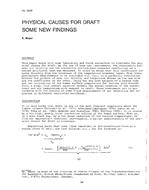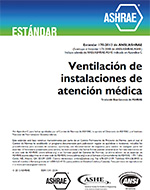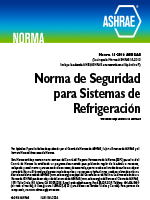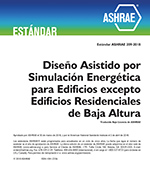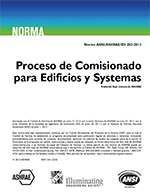Description
Choked flow conditions at the exit of a capillary tube-suction line heat exchanger were experimentally and theoretically analyzed for refrigerant 12. The actual thermodynamic state during choked flow at the exit was calculated from experimental data and energy balances taken along incremental lengths of the capillary tube. The choked flow velocity was shown to be considerably less than either the all-liquid or the all-vapor sonic velocity (i.e., choked flow velocity). Several existing theoretical models for two-phase choked flow were compared to each other and to the experimental data. These models can be divided into three broad categories: homogeneous equilibrium models (HEM), homogeneous frozen models (HFM), and homogeneous models. Not only do the results differ greatly between categories, but in some cases they differ significantly between models within a category. The homogeneous equilibrium models showed fair agreement with the experimental data over the narrow range of conditions investigated in this study.
Units: Dual
Citation: ASHRAE Transactions, 1987, vol. 93, pt. 1, New York, NY
Product Details
- Published:
- 1987
- Number of Pages:
- 13
- File Size:
- 1 file , 660 KB
- Product Code(s):
- D-NY-87-3046
